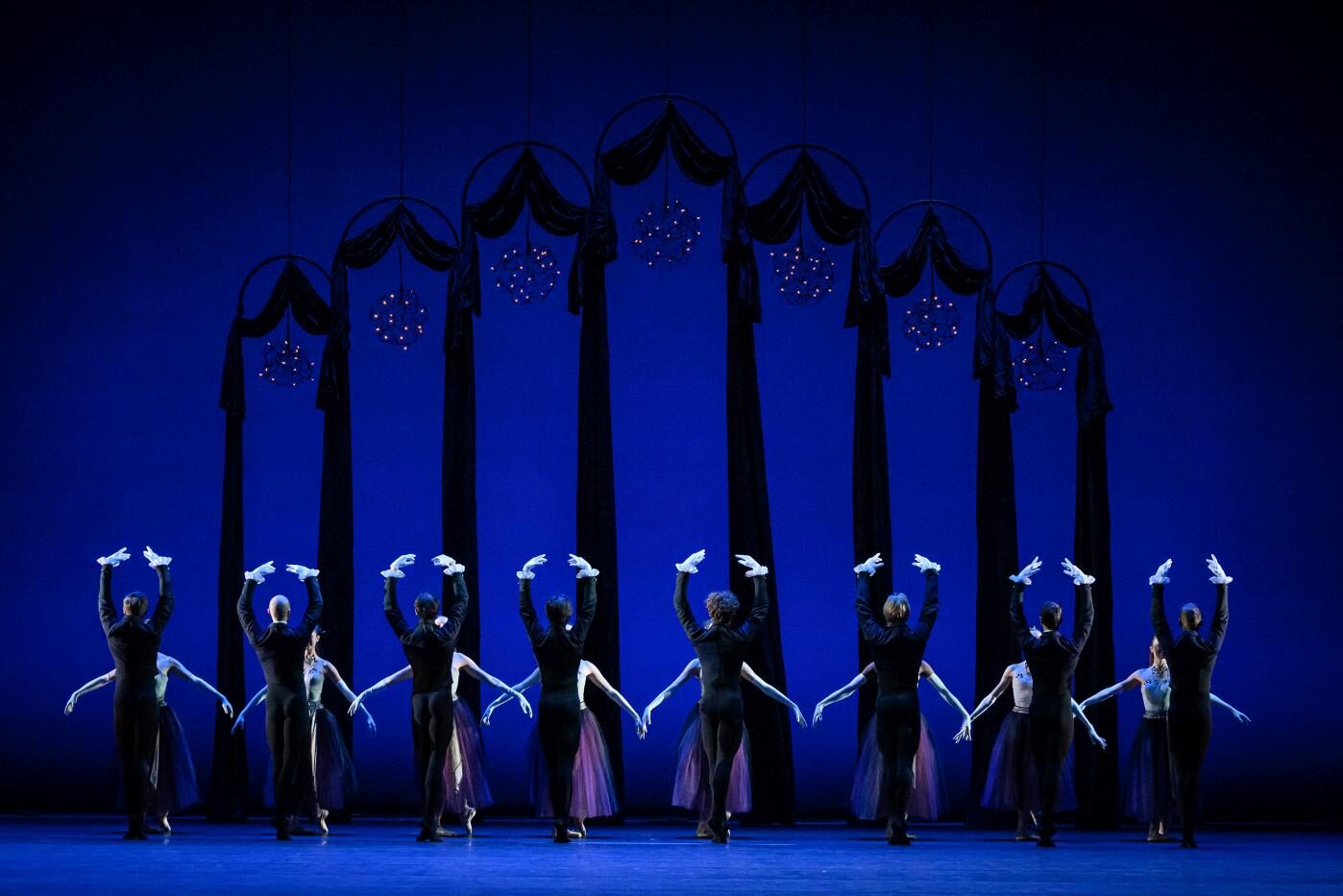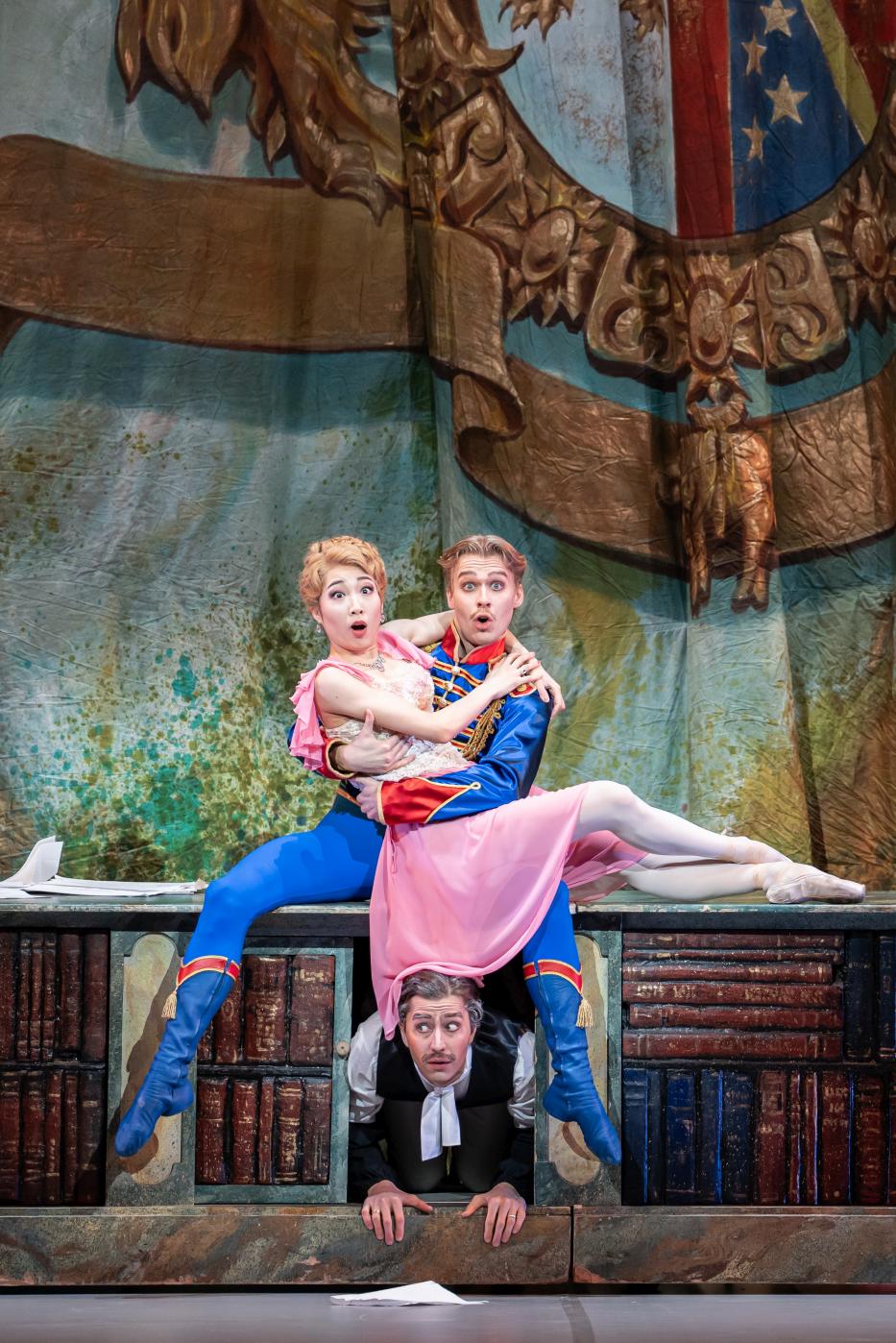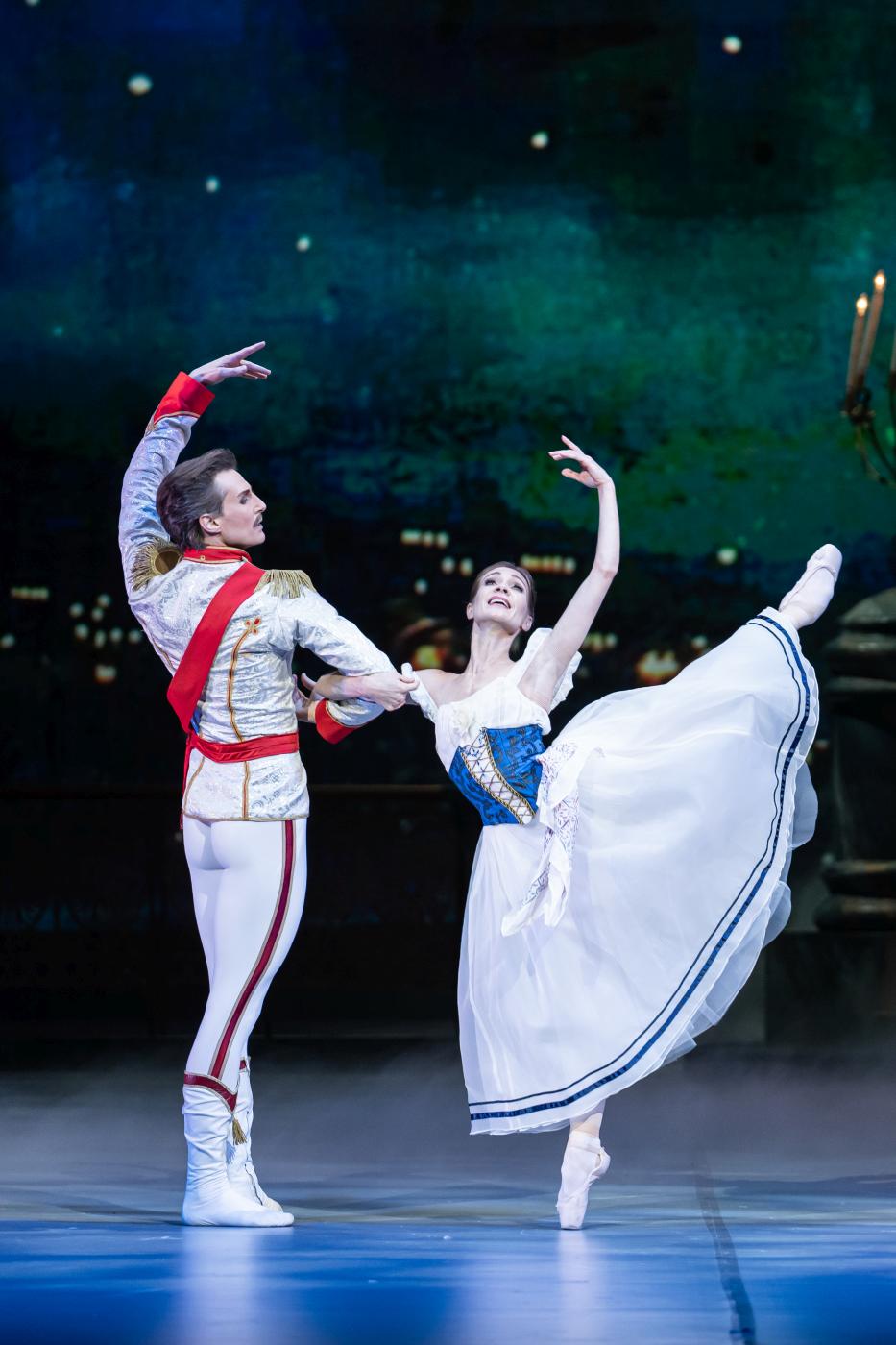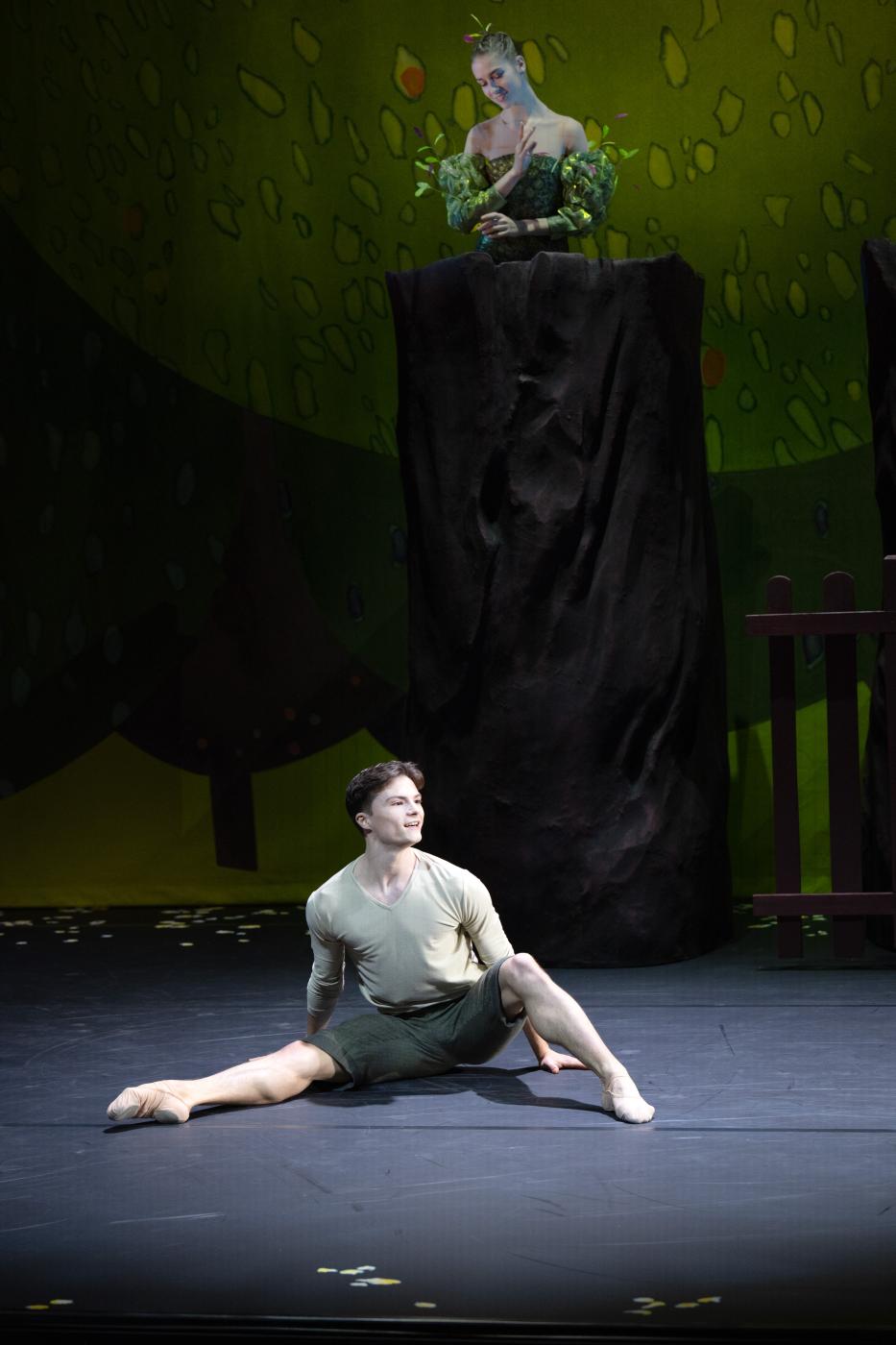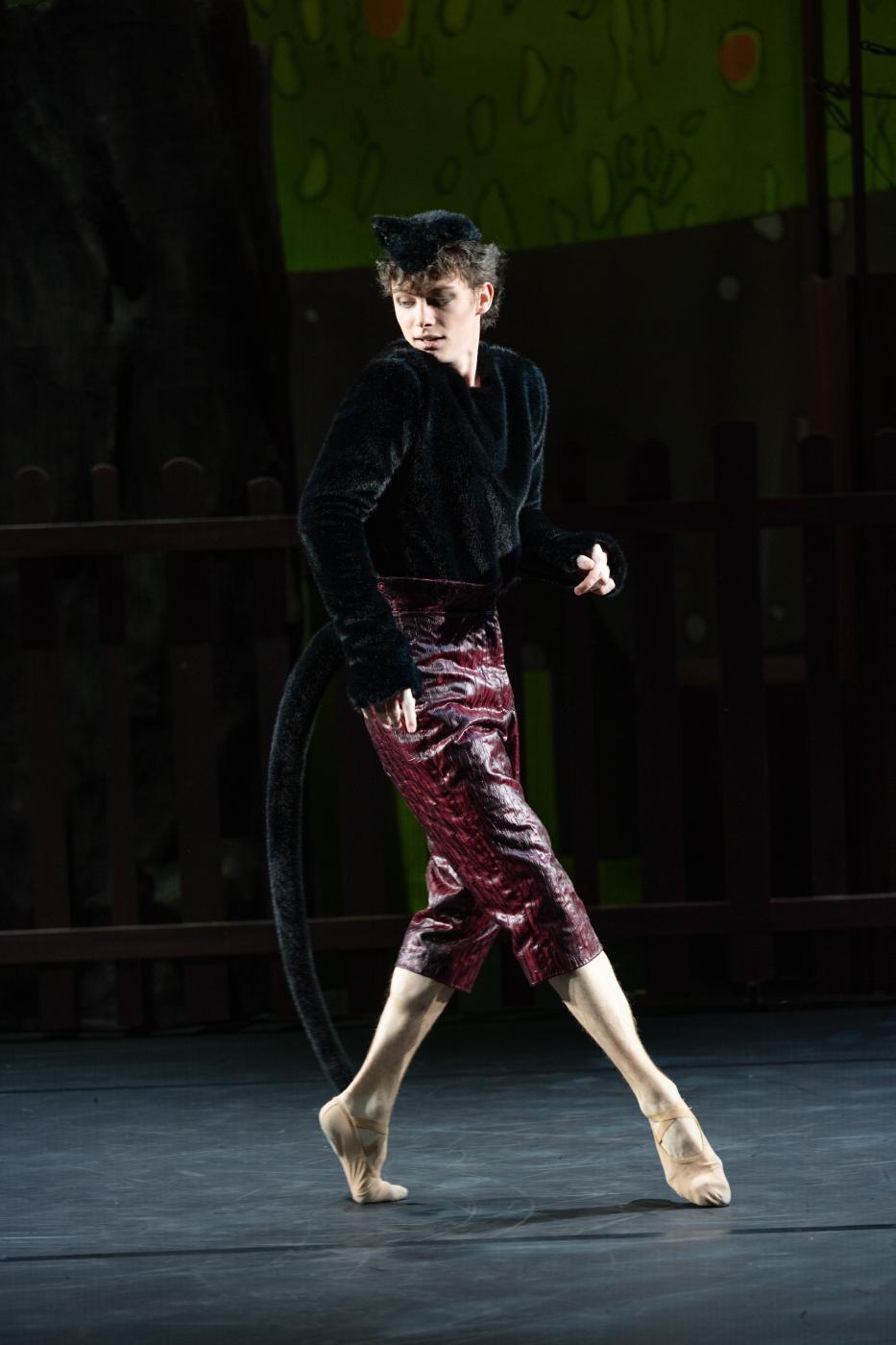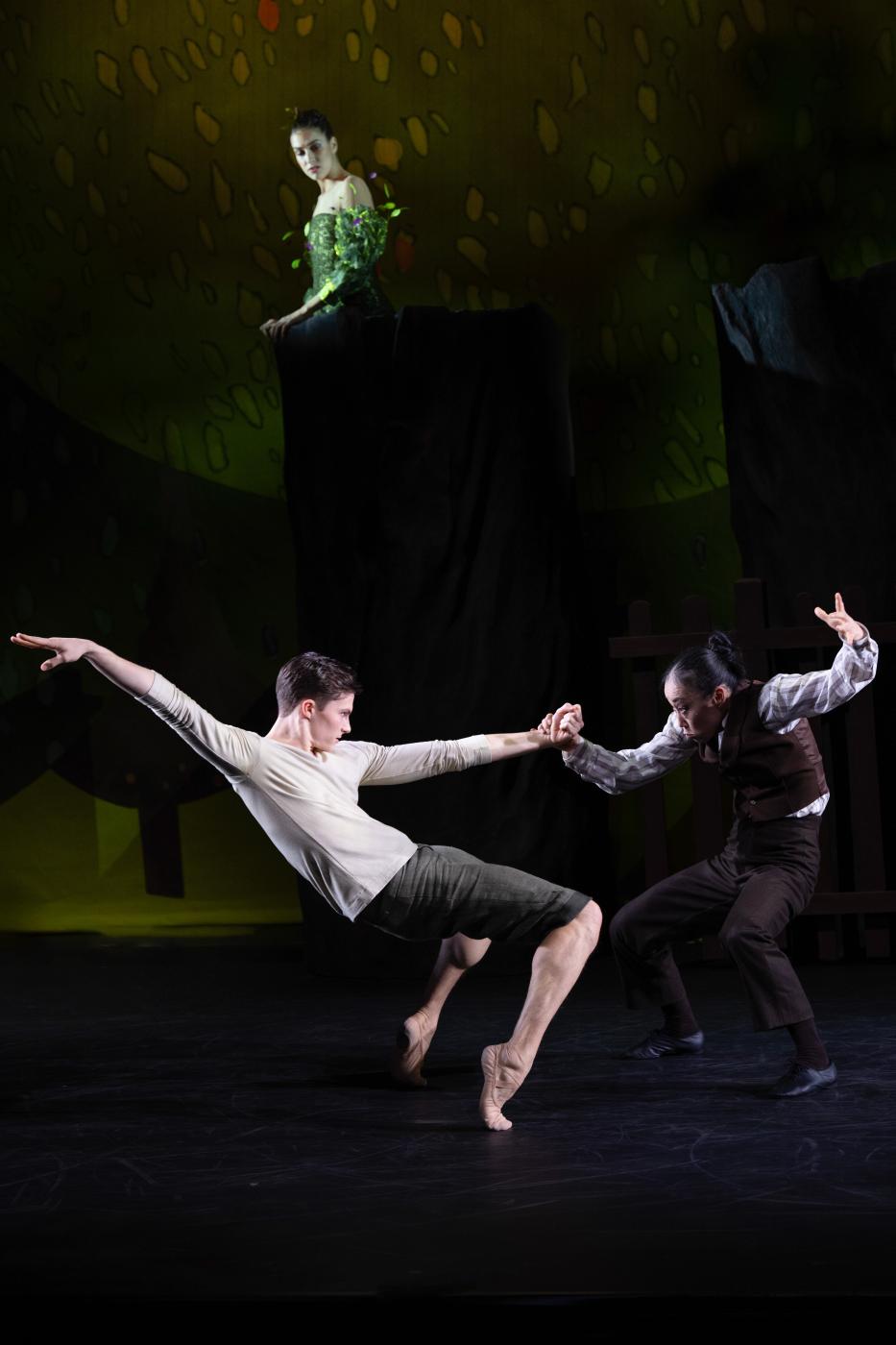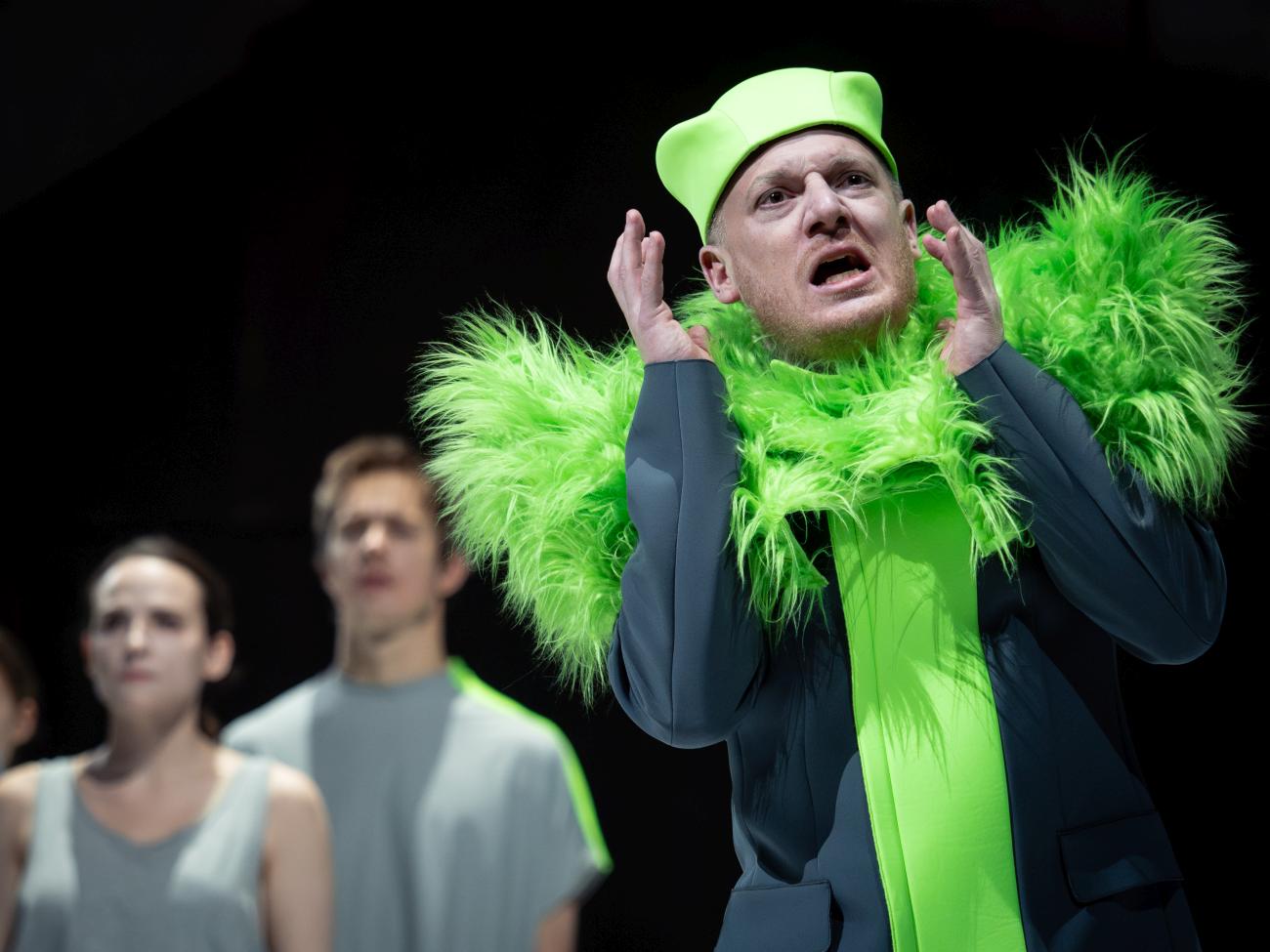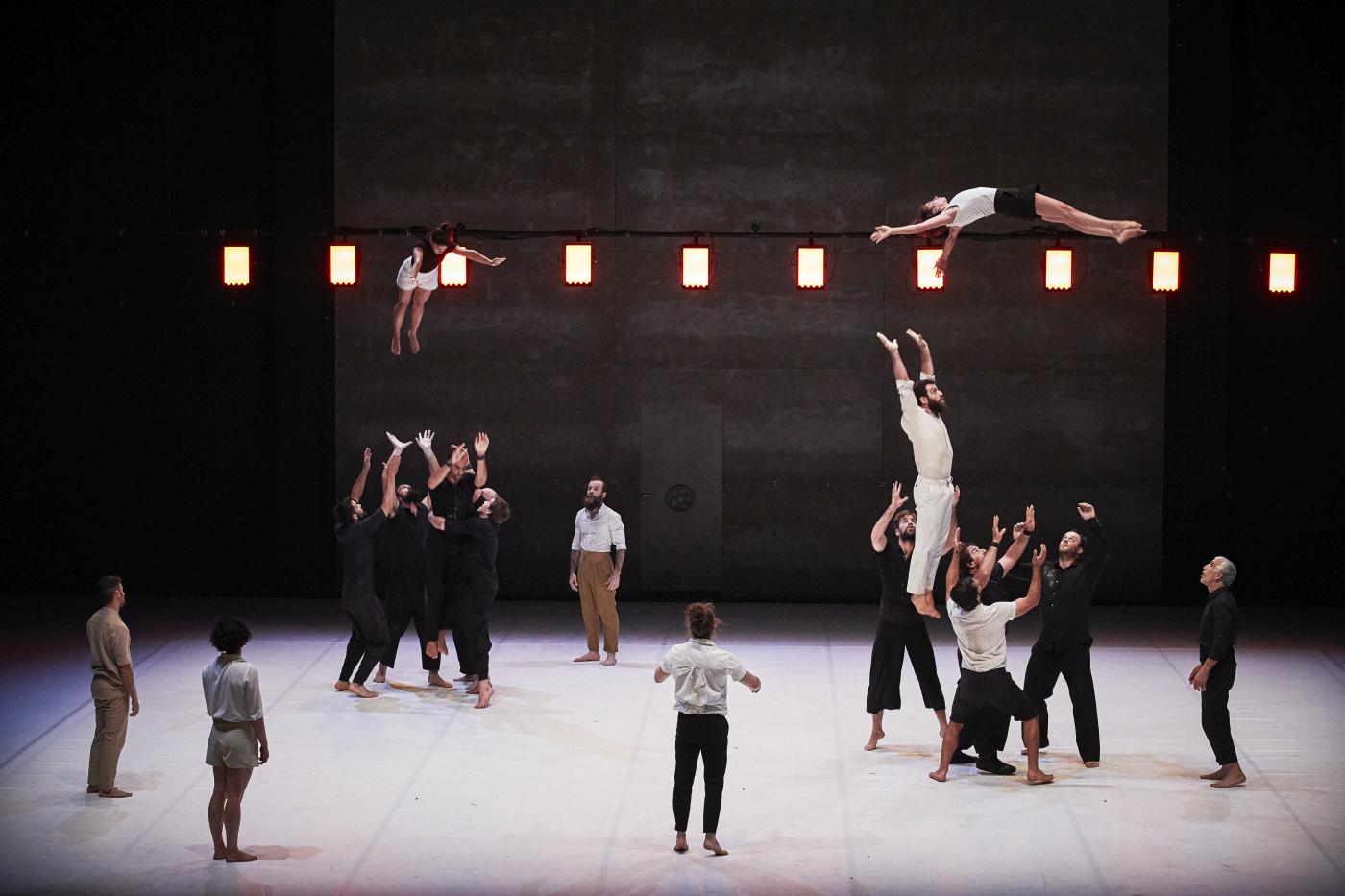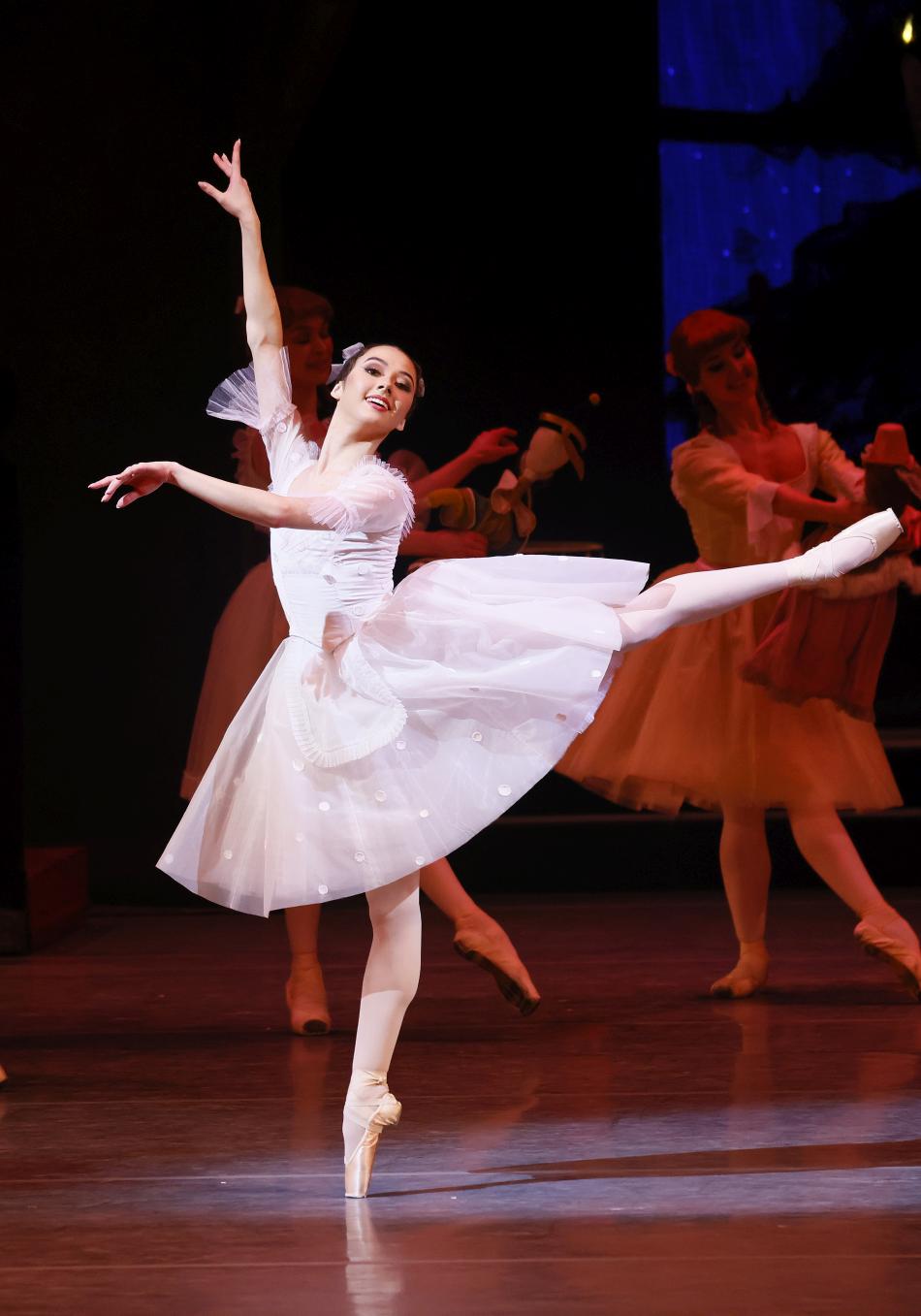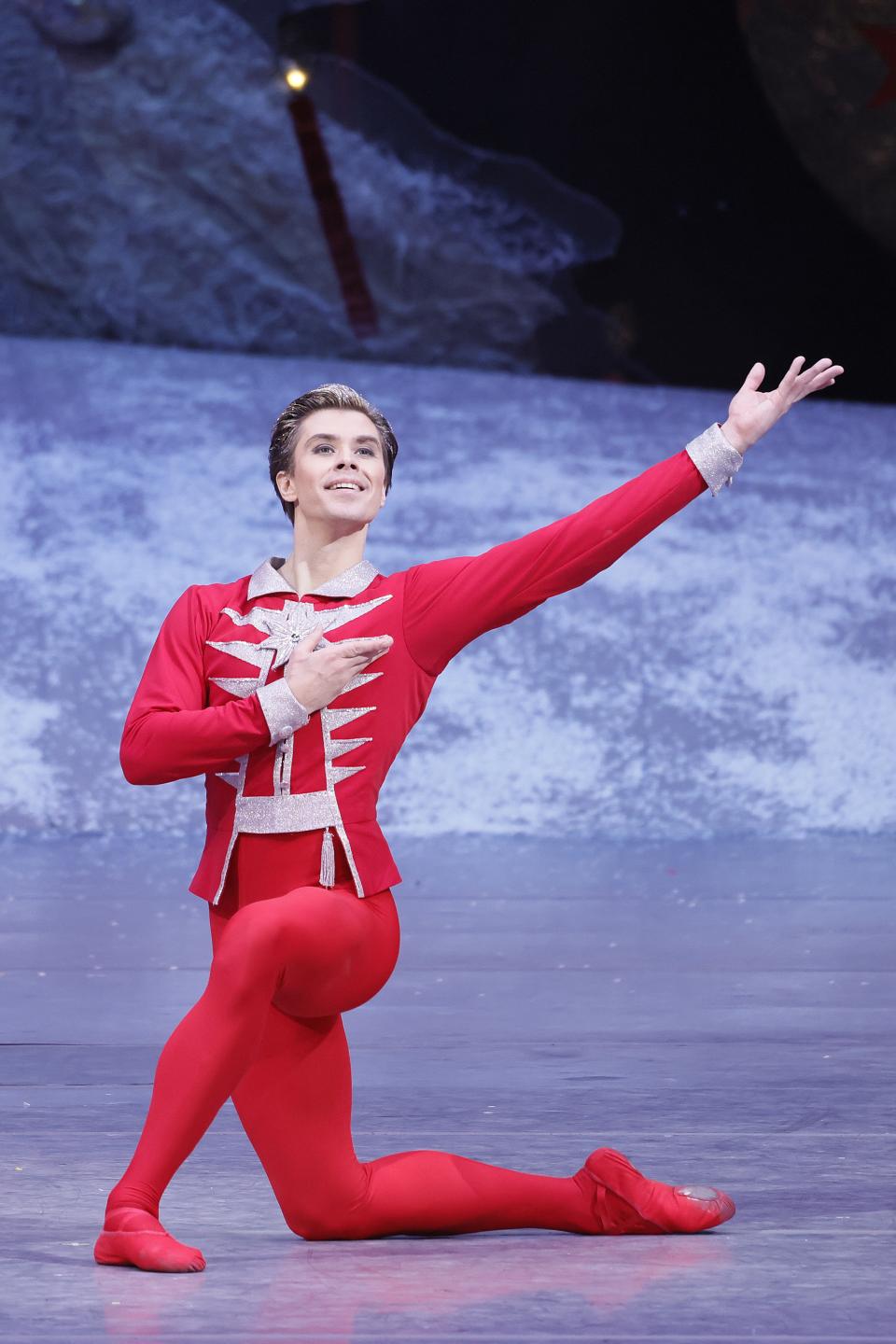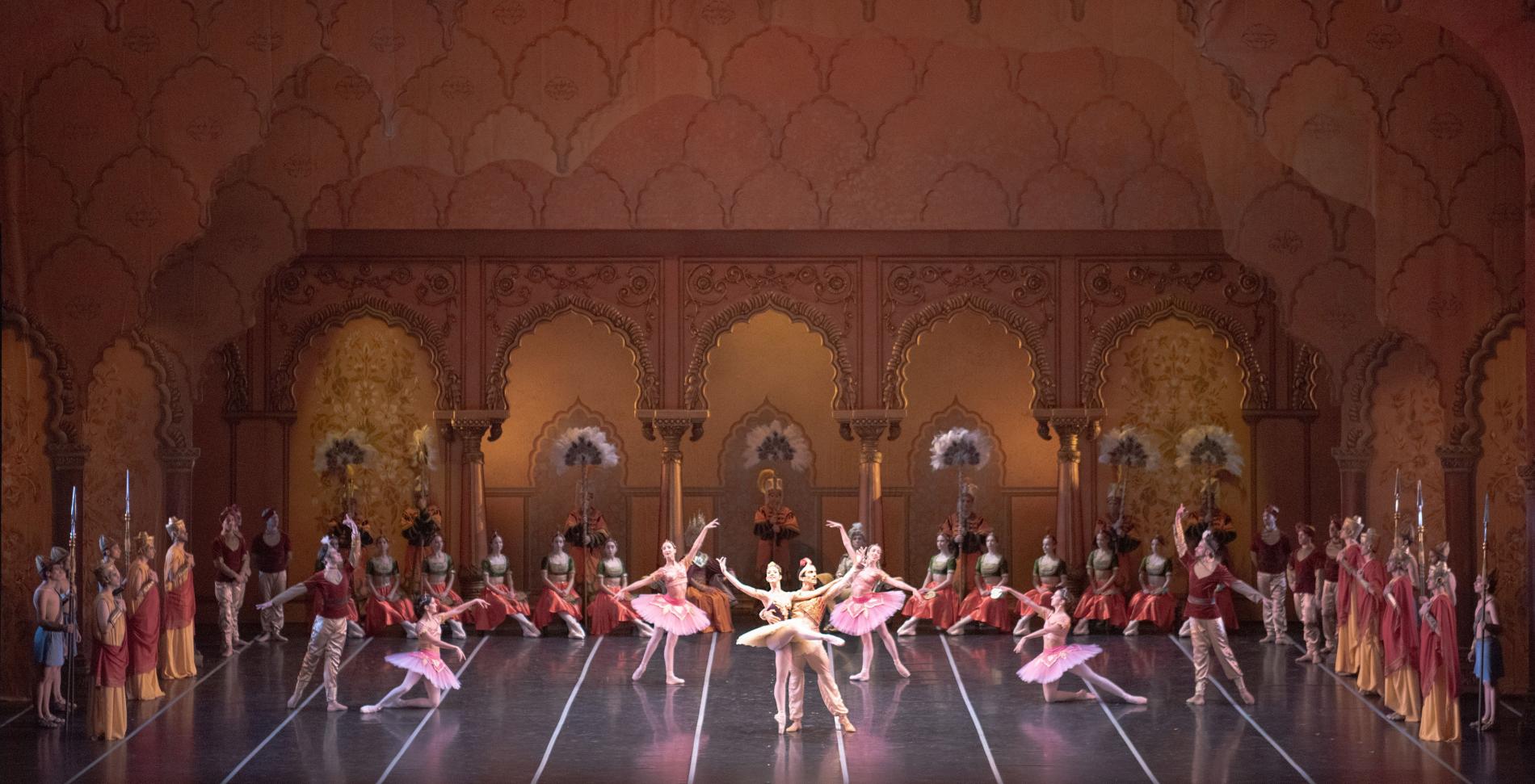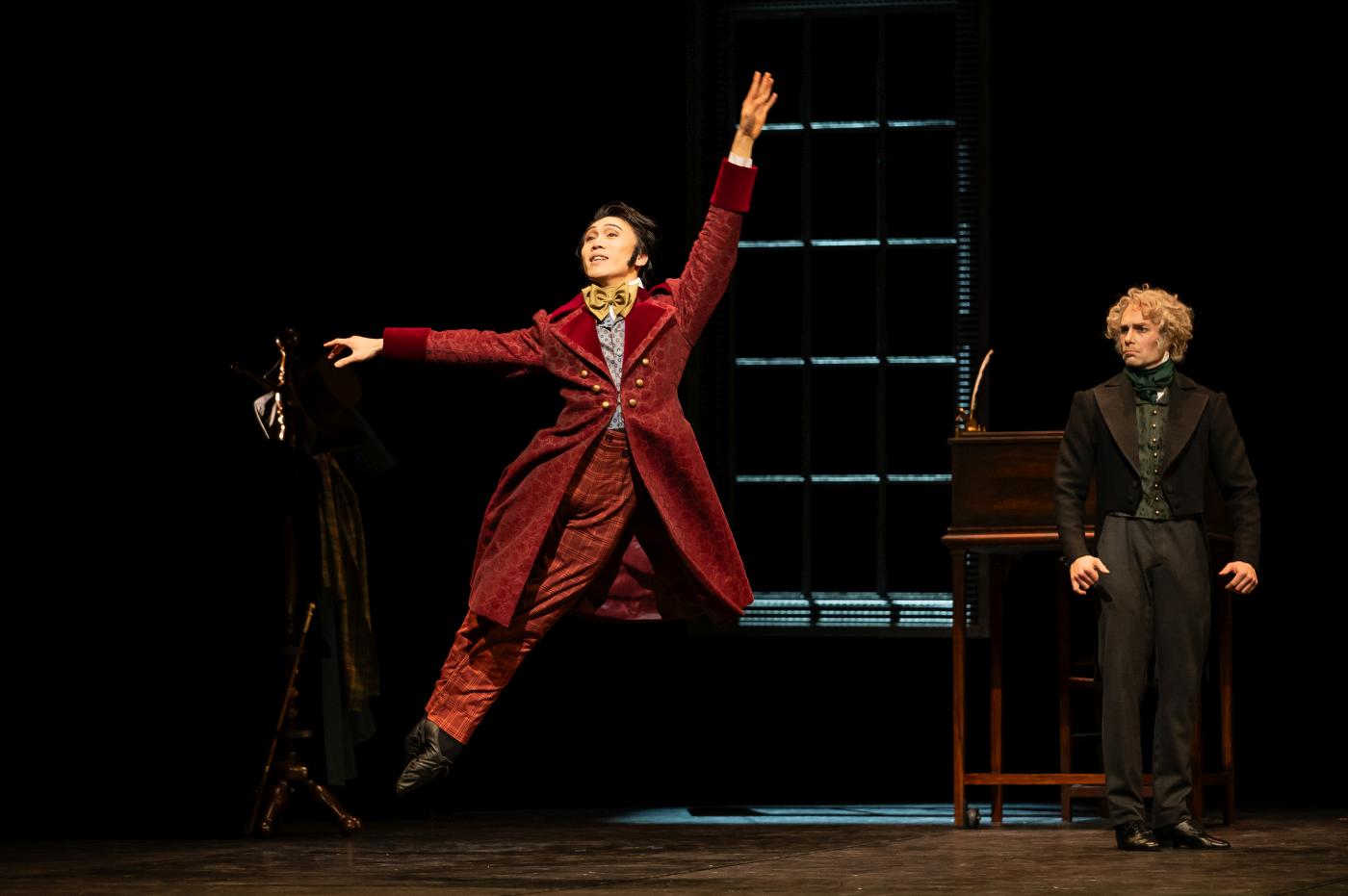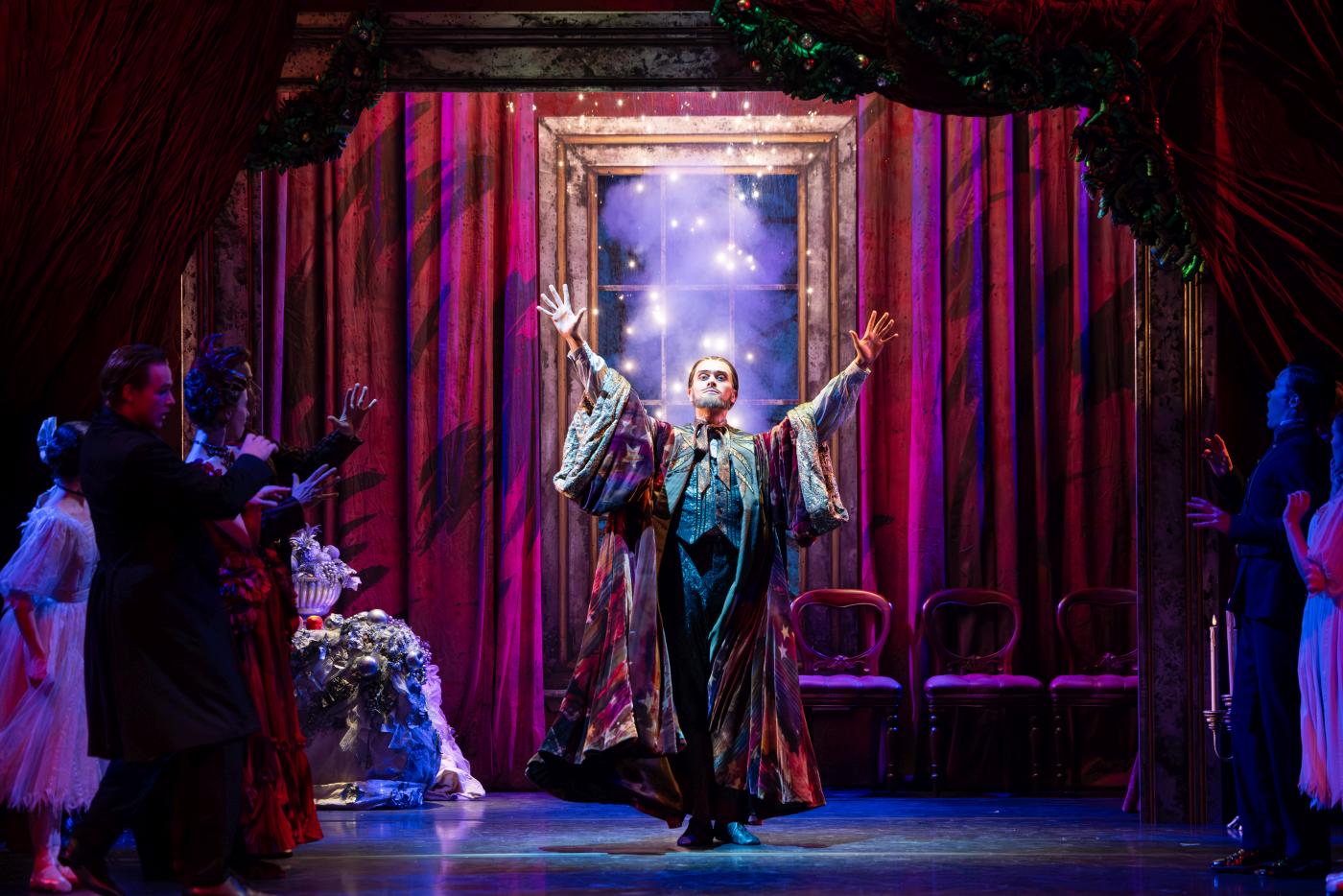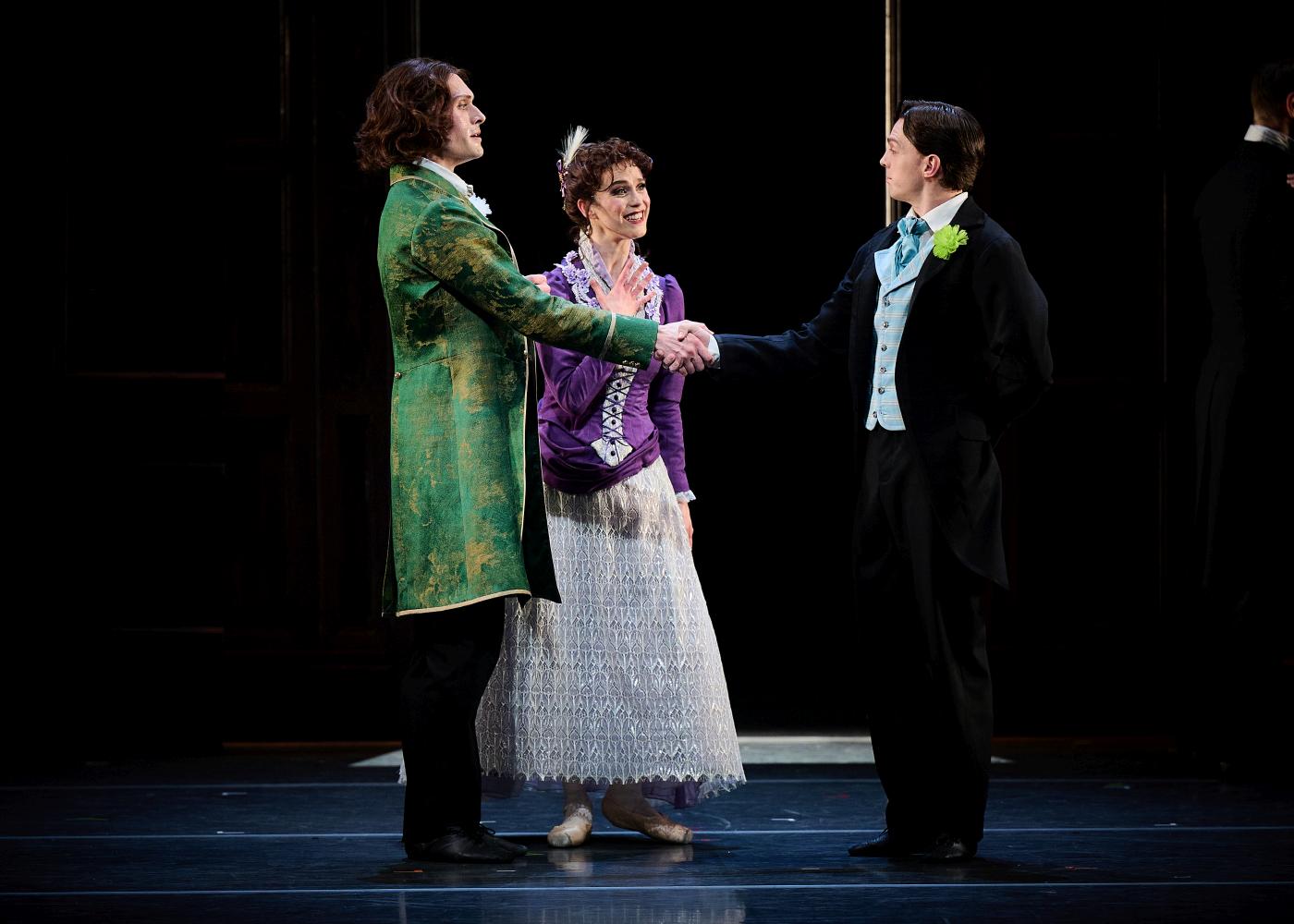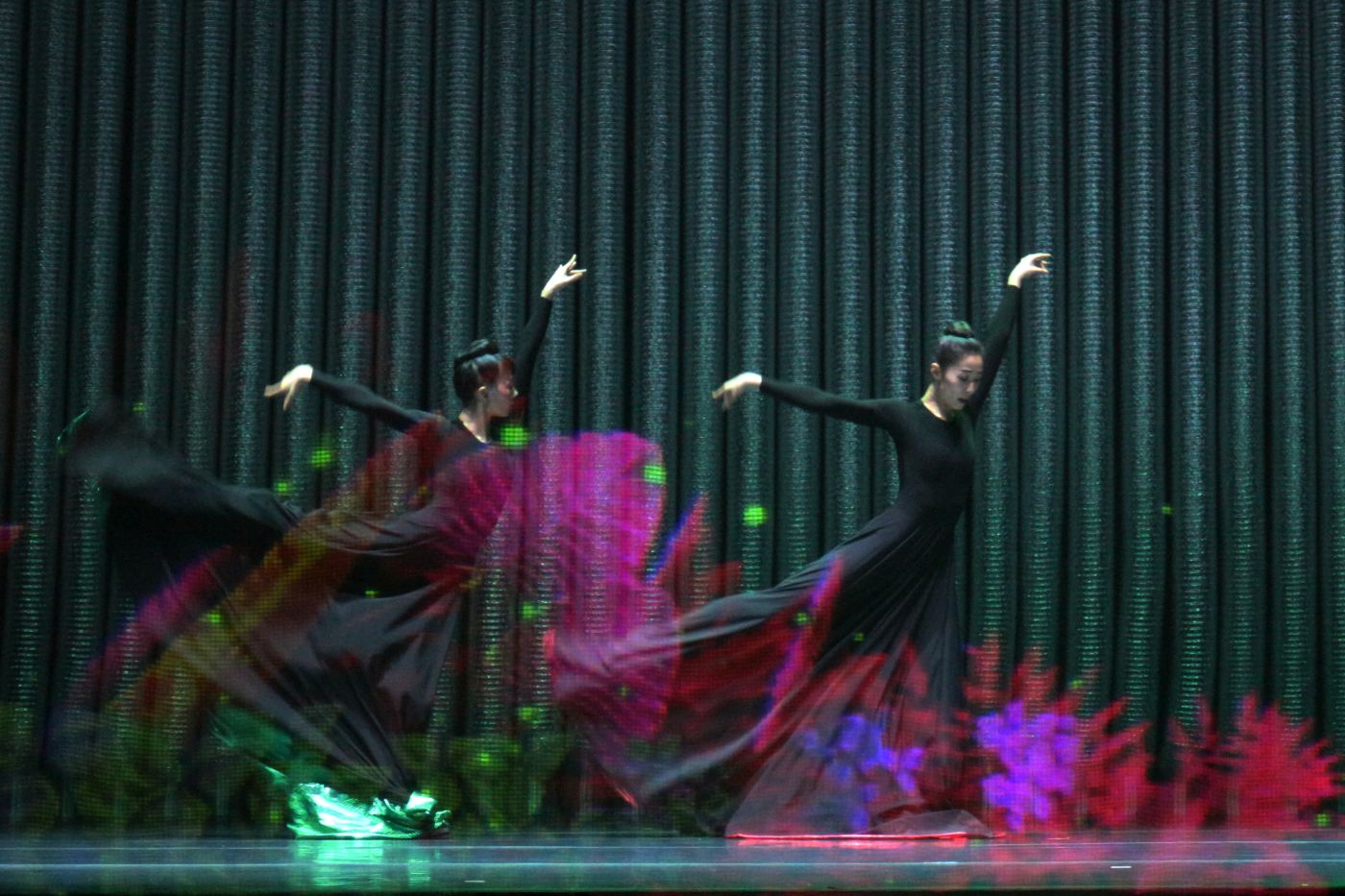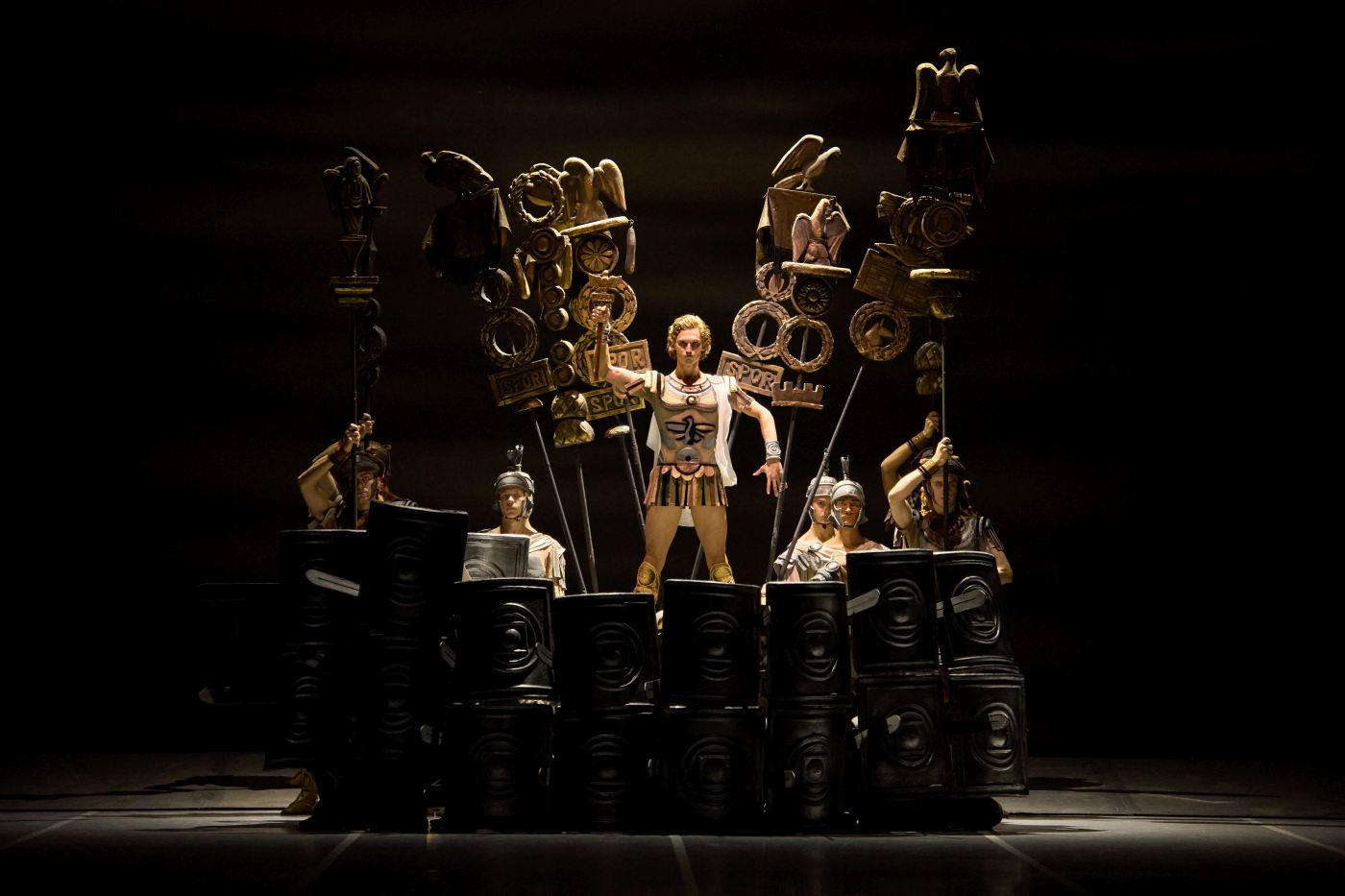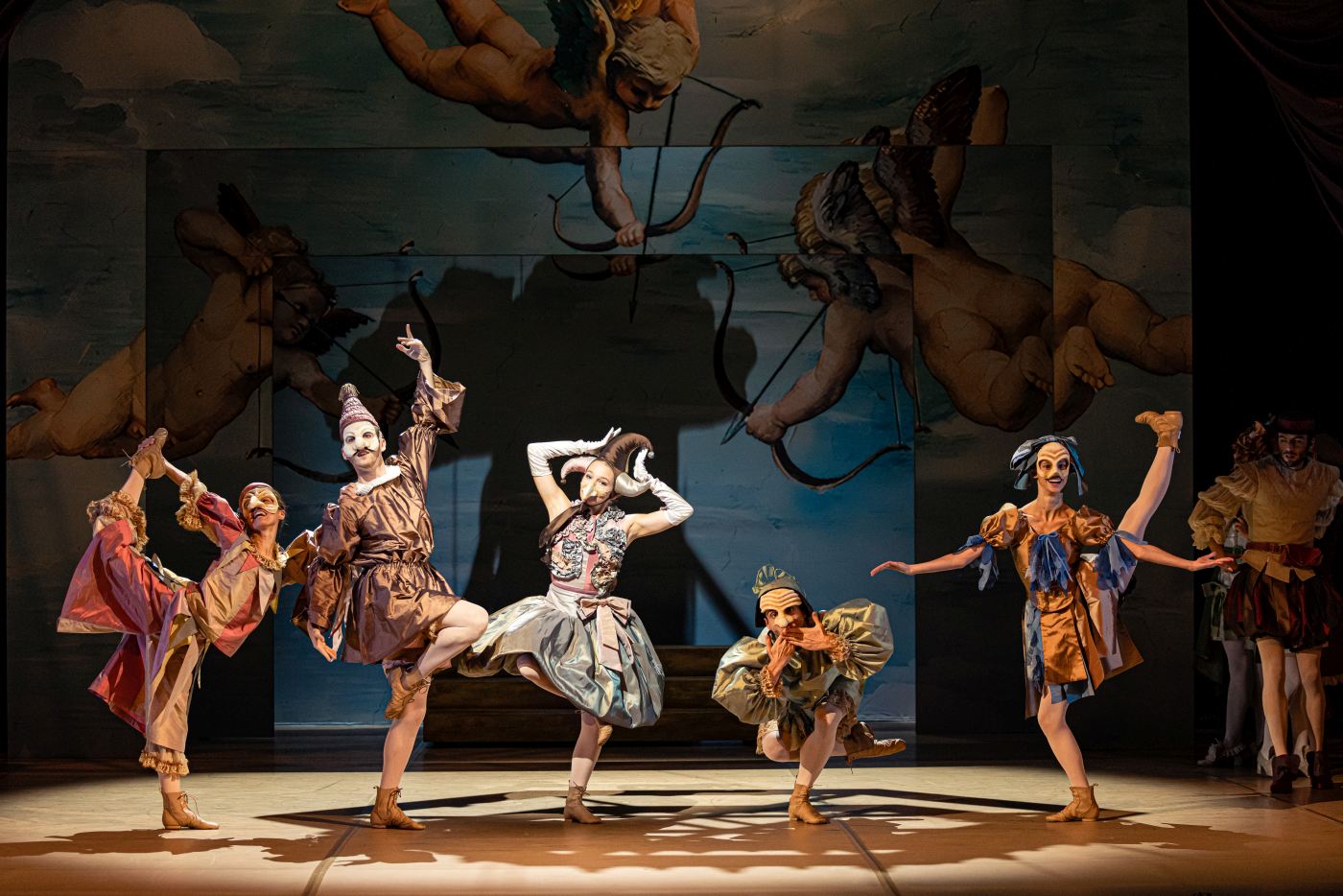Human Striving
“Homage to Uwe Scholz”
Leipzig Ballet
Forum Ludwigsburg
Ludwigsburg, Germany
February 15, 2025
by Ilona Landgraf
Copyright © 2025 by Ilona Landgraf
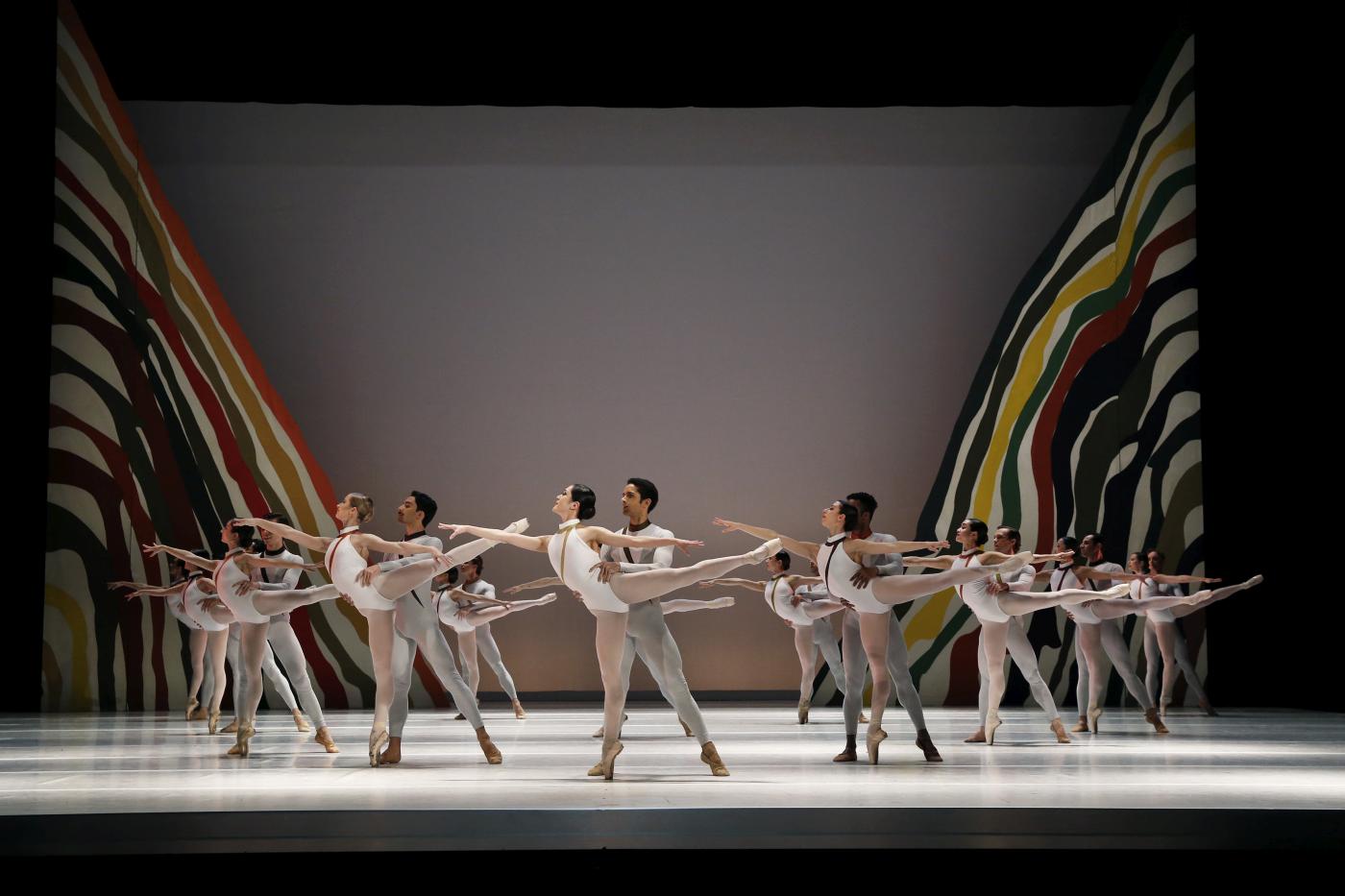 The Stuttgart-bred Uwe Scholz was in his early thirties when he became the Leipzig Ballet’s artistic director and chief choreographer in 1991. Scholz’s ballets were substantial and had depth, but the extent of his choreographic talent has been undiscovered due to his premature death in 2004. Last weekend, the Leipzig Ballet toured Homage to Uwe Scholz at the Forum Ludwigsburg. The double bill comprised two of Scholz’s symphonic pieces, Seventh Symphony, set to Beethoven’s Symphony No. 7 (1811-1812), and Second Symphony, set to Robert Schumann’s Symphony No. 2 (1847).
The Stuttgart-bred Uwe Scholz was in his early thirties when he became the Leipzig Ballet’s artistic director and chief choreographer in 1991. Scholz’s ballets were substantial and had depth, but the extent of his choreographic talent has been undiscovered due to his premature death in 2004. Last weekend, the Leipzig Ballet toured Homage to Uwe Scholz at the Forum Ludwigsburg. The double bill comprised two of Scholz’s symphonic pieces, Seventh Symphony, set to Beethoven’s Symphony No. 7 (1811-1812), and Second Symphony, set to Robert Schumann’s Symphony No. 2 (1847).
For the first time, Leipzig Ballet isn’t led by a choreographer, but by artistic director Rémy Fichet. Fichet, who took the reins from Mario Schröder just this season, danced in Leipzig under Scholz and intends to keep his ballets in the repertory. However, he’s realistic. The company’s standard does not yet meet the requirements of every Scholz piece, he admitted, and the dancers will need time to hone their technique. Perhaps, Fichet can prevent Scholz’s work from sinking deeper into oblivion. (more…)
